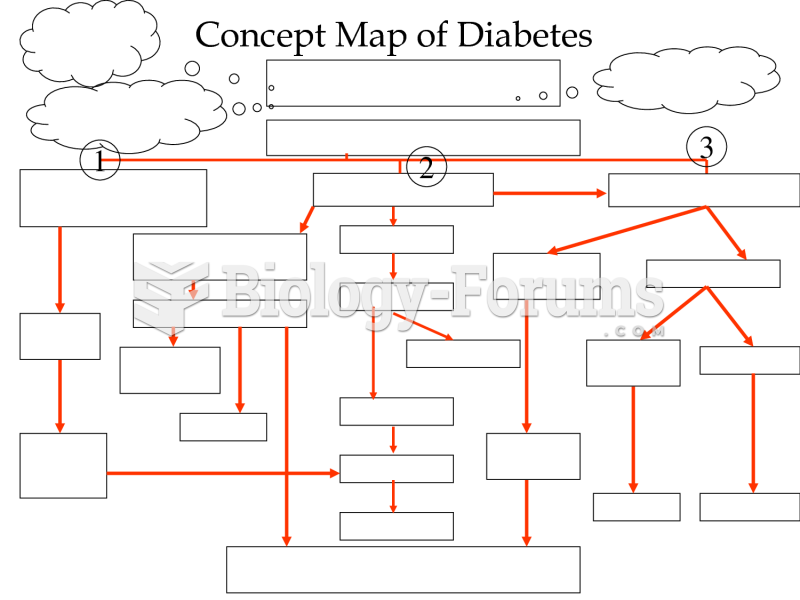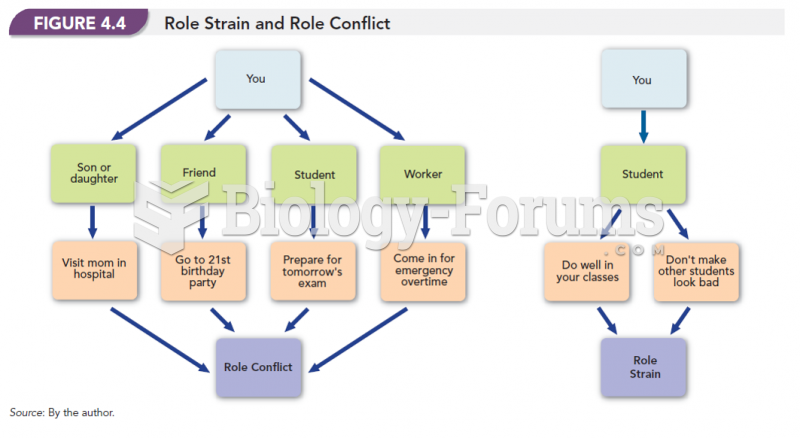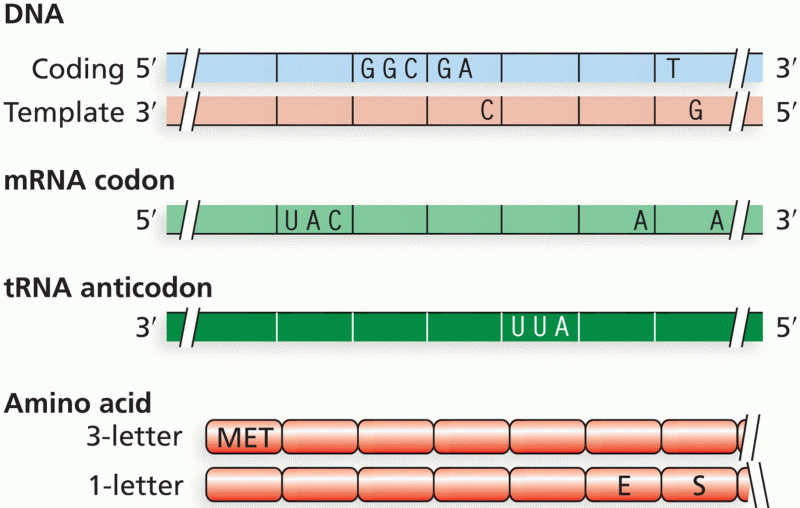Answer to Question 1
Answer: Cointegration between two or more variables is a regression analysis concept to potentially reveal long-run relationships among time series variables. Variables are said to be cointegrated if the have the same stochastic trend in common. Most economic time series are I(1) variables, which means that they have a unit autoregressive root and that the first difference in that variable is stationary. Since these variables are often measured in logs, their first difference approximates growth rates. Cointegration requires a common stochastic trend. Therefore, variables which are tested for cointegration must have the same order of integration.
The concept of cointegration is also an effort to bring back long-run relationships between variables into short-run forecasting techniques, such as VARs. Adding the error correction term from the cointegrating relationship to the VARs results in the vector error correction model. Here all variables are stationary, either because they have been differenced or because the common stochastic trend has been removed. VECMs therefore combine short-run and long-run information. One way to think about the role of the error correction term is that it provides an anchor which pulls the modeled relationships eventually back to their long-run behavior, even if it is disturbed by shocks in the short-run.
Cointegration also represents the return of the static regression model, i.e., regressions where no lags or used. To test for cointegration using the EG-ADF test requires estimating a static regression between the potentially cointegrated variables by OLS first, and then to conduct an ADF test on the residuals from this regression. If the residuals do not have a unit root, then the variables are said to be cointegrated. Since this is a two step procedure, critical values for the ADF t-statistic are adjusted and are referred to the critical values for the EG-ADF statistic. Although the OLS estimator is consistent, it has a nonnormal distribution and hence inference should not be conducted based on the t-statistic, even if HAC standard errors are used. Alternative techniques to circumvent this problem, such as the DOLS estimator, which is consistent and efficient in large samples, have been developed. The DOLS and another frequently used technique, called the Johansen method, can be easily extended to multiple cointegrating relationships.
Answer to Question 2
Answer: WLS is a special case of the GLS estimator. Furthermore, OLS is a special case of the WLS estimator. Both will produce different estimates of the intercept and the coefficients of the other regressors, and different estimates of their standard errors. WLS has the advantage over OLS, that it is (asymptotically) more efficient than OLS. However, the efficiency result depends on knowing the conditional variance function. When this is the case, the parameters can be estimated and the weights can be specified. Unfortunately in practice, as Stock and Watson put it, the functional form of the conditional variance function is rarely known. Using an incorrect functional form for the estimation of the parameters results in incorrect statistical inference. The bottom line is that WLS should be used in those rare instances where the functional form is known, but not otherwise. Estimation of the parameters using OLS with heteroskedasticity-robust standard errors, on the other hand, leads to asymptotically valid inferences even for the case where the functional form of the heteroskedasticity is not known. It therefore seems that for real world applications the above statement is true.







